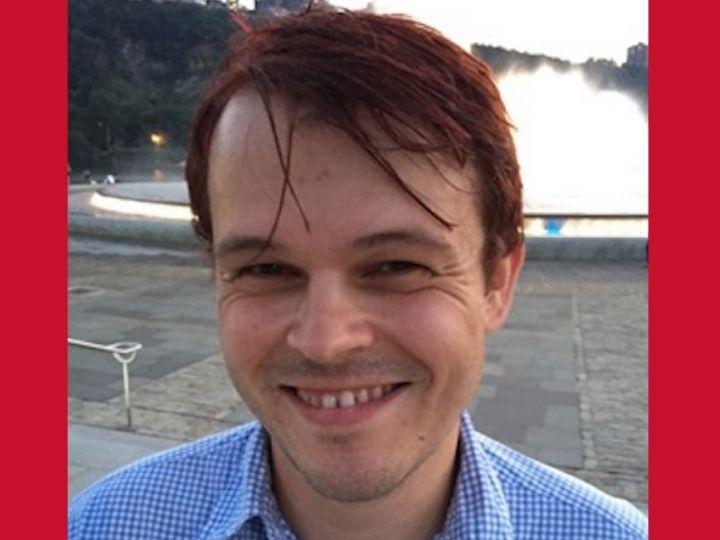Economic inequality can cause it; Reversing it is difficult

Credit: University of Houston
Political polarization – the ever-present and growing division between Republicans and Democrats along ideological lines - has a powerful grip on the United States, and a University of Houston researcher has helped explain why, reporting his findings in Science Advances.
“Political polarization is linked to economic inequality, and we have created a mathematical model showing a causal explanation for that link,” said Alexander Stewart, assistant professor of mathematical biology. “We also show that once polarization occurs, it can spread rapidly to the whole population and persist even when the conditions that produced it have reversed.”
Stewart’s work offers both a theoretical account and empirical support for the emergence of polarization as a response to economic hardship.
Polarization is a social phenomenon in which a population divides into belligerent groups with rigidly opposed beliefs and identities that inhibit cooperation and undermine pursuit of a common good.
Stewart’s models divided people into two groups, based on similarities.
“In our models, the reason that inequality ends up causing polarization is that when people are faced with economic hardship, they become more risk averse. They prefer to have interactions with their own groups, or “ingroups” of people where they have less risk of failure,” said Stewart. This leads to withdrawing interaction with other “outgroups” of people who are dissimilar to them, building to an attitude of ‘us vs. them.’
Stewart and colleagues also studied the last three presidential election cycles in the United States with data from the American National Election Study and the Cooperative Congressional Election Study.
“Economic inequality has been rising for the last half of the 20th century, and it has reached heights never before seen in our lifetimes,” said Stewart. “Rising inequality is sufficient to cause the polarization we see now in public discourse.”
That polarization may also explain the emergence of populist and other far-right political movements.
“Economic stress and fear have shown to be excellent highly localized predictors for the success of a number of populist movements including in the Ukraine as well as the United States and United Kingdom,” reports Stewart.
###
Media Contact
Laurie Fickman
[email protected]
Original Source
https:/




